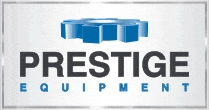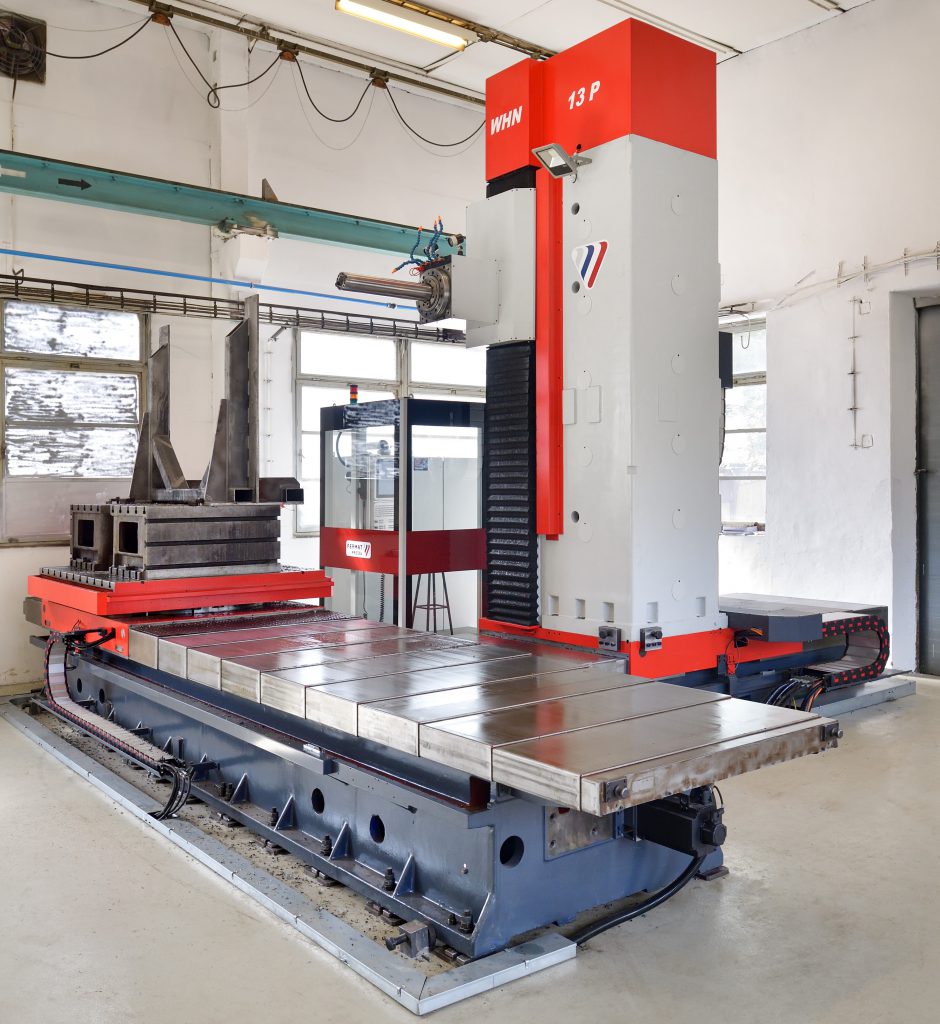
World's Leading Provider of Used Machinery
Why CNC Horizontal Boring Mills Matter in Modern Manufacturing
When precision meets size, few machines can compete with the capability of a CNC horizontal boring mill. Designed for handling oversized, heavy-duty components with tight tolerances, these machines have become essential across industries that demand high accuracy on a large scale.
This guide dives into what makes horizontal boring mills so valuable, where they’re used, and what to consider when selecting the right one for your operation.
What Is a CNC Horizontal Boring Mill?
A CNC horizontal boring mill is a powerful machine tool that uses a horizontally oriented spindle to perform precision boring and milling operations—usually on very large workpieces.
It typically includes:
- A column supporting vertical travel
- A horizontally mounted spindle (quill or ram)
- A rotary or fixed table to hold heavy parts
- CNC controls for precise, programmable movements
These machines are known for strength, accuracy, and versatility—especially when dealing with large castings or fabrications.

Core Features and Advantages
- ✅ Large Work Envelope: These machines excel at machining large, heavy parts, with extended travel and robust tables capable of holding multiple tons.
- ✅ Multi-Sided Machining: With a rotary or indexing table, you can access several faces of the part without re-fixturing—saving time and boosting precision.
- ✅ Rigid Construction: HBMs are built to withstand deep cuts and heavy forces, making them ideal for tough materials like steel, titanium, and cast iron.
- ✅ CNC Automation: Advanced CNC controls (e.g., FANUC, Siemens, Heidenhain) allow for seamless integration with your CAM system and optimized cycle times.
Industries That Rely on Horizontal Boring Mills
Horizontal boring mills are found in industries where large-part precision is non-negotiable:
- 🛠️ Heavy Equipment – Machining structural components and housings
- 🚛 Automotive & Trucking – Gearboxes, engine blocks, and frames
- 🔧 General Manufacturing – Large dies, molds, and jigs
- 🛢 Oil & Gas – Flanges, valves, and pressure vessels
- ⚡Energy & Power – Turbine frames, supports, and castings
- ✈️ Aerospace – Assembly fixtures, supports, and large airframe components
Tips for Choosing the Right HBM
Choosing the best CNC horizontal boring mill depends on your shop’s specific needs. Here are a few key considerations:
- Part Size & Weight: Make sure the table dimensions, travel, and load capacity align with your typical workpieces.
- Spindle Type: Choose a quill-type spindle for deep-hole boring or a ram-type spindle for heavier cuts and more rigid setups.
- CNC Control Compatibility: Stick with a control platform your team knows, or one that integrates with your existing tooling and CAD/CAM software.
- Tooling & Options: Look for accessories like automatic tool changers (ATCs), through-spindle coolant (TSC), probes, and chip conveyors to improve efficiency and ease of use.
- New vs. Used: A high-quality used HBM can provide incredible value. Brands like Giddings & Lewis, Toshiba, Lucas, and Union are built to last and often available at a fraction of the new cost.
👉 Browse Our Horizontal Boring Mills
Why Buy from Prestige Equipment?
At Prestige Equipment, we help customers find the right boring mill for their exact application. Our team offers:
- In-depth machine inspections
- Financing options and trade-ins
- Decades of hands-on industry experience
Whether you’re replacing an old unit or expanding your capabilities, we’ll help you select the best-fit machine for your operation.
👉 Get in Touch with Our Experts
Conclusion: Engineered for Performance
CNC horizontal boring mills are a cornerstone of large-part precision machining. With the right model, manufacturers can reduce setup time, increase accuracy, and take on more demanding projects with confidence.
If you’re ready to scale your machining capabilities, Prestige Equipment is here to help you find the perfect boring mill for your floor.












